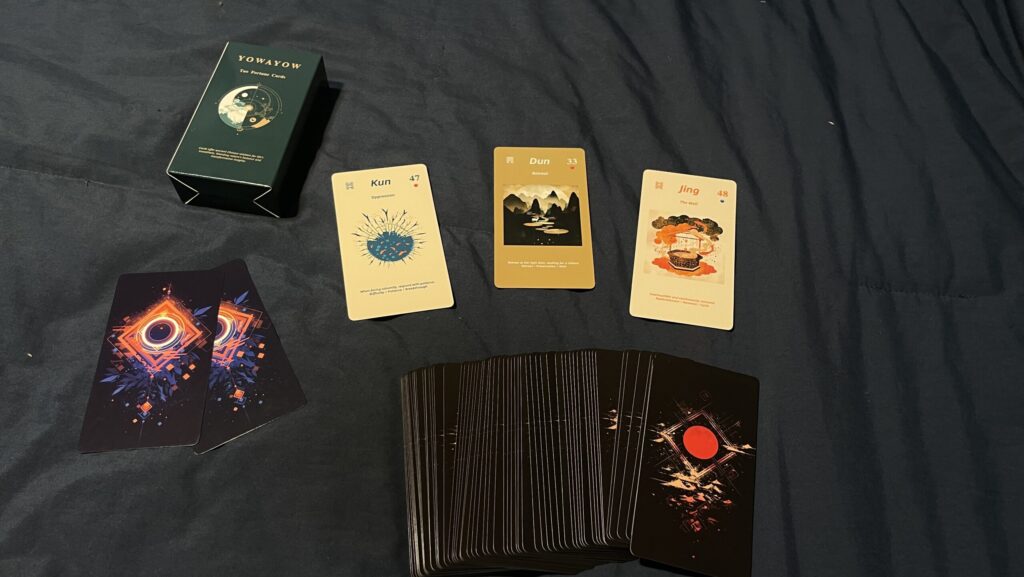India and Pakistan’s rivalry is a long-standing dilemma in South Asia. Centered on territorial disputes—especially over Kashmir—the two powers have repeatedly slipped into military standoffs, diplomatic deadlocks and humanitarian crises. Despite repeated international mediation, the underlying tensions remain. If we distill possible future courses into three key stages, they are: Predicament – Retreat – Cooperation. Though seemingly simple, these stages embody the deep logic of conflict resolution. Even without prior knowledge of the I Ching, one can draw valuable lessons.
Phase 1: Predicament – Resource Exhaustion & Deadlock
(Hexagram Kùn 困卦)
At the outset, conflict bristles with hostility, as each side wields hard power to secure advantages. Yet, as “Hexagram Kùn” warns, when resources (territory, water, international support) are over-contested, an impasse inevitably emerges.
- Real-World Mirror
- Water disputes in Kashmir
- Heavy fiscal drains from military deployments
- International calls for ceasefire (e.g. UN resolutions)
Both capitals find themselves unable to “overwhelm” the other—and risk deeper crisis through mutual attrition.
Key Takeaways
- Abandon zero-sum thinking – Resource grabs only deepen the plight; civilian welfare (e.g. uninterrupted water supplies) must take priority.
- Embrace external mediation – Neutral actors (UN, UAE, Saudi Arabia) can establish temporary channels to defuse tensions.
Phase 2: Retreat – Strategic Withdrawal to Advance
(Hexagram Dùn 遁卦)
Once entrenched in gridlock, a measured retreat is not defeat, but a way to gain time and space for constructive moves.
- Real-World Mirror
- Historical “ceasefire agreements” that temporarily cooled hostilities (e.g. Kashmir ceasefire of 2021), yet lacked follow-through and let disputes reignite.
Key Takeaways
- Localized compromises – Agree on demilitarized zones or resume cross-border rail links (e.g. Delhi–Lahore line) as signals of détente.
- Discreet diplomacy – Use back-channel contacts (intelligence-level talks) to explore common ground, shielded from public pressure.
Phase 3: Cooperation – Turning Point from Confrontation to Coexistence
(Hexagram Jǐng 井卦)
True resolution demands uncovering shared interests and building sustainable cooperation.
- Real-World Mirror
- Indus Waters Treaty – Joint management of the Indus River system
- Pandemic relief efforts – Temporary corridors for medical supplies
Key Takeaways
- Economic interlinkage – Open border trade in agriculture and textiles so ordinary people taste peace dividends.
- People-to-people ties – Promote cultural exchanges (e.g. Bollywood films in Pakistan), joint sporting events (cricket leagues) to soften mutual hostility.
- International investment – Institutions like the World Bank or Asian Development Bank fund Kashmir infrastructure (hospitals, schools) to undercut extremism by improving livelihoods.
Future Challenges: Beware of “False Cooperation” & External Interference
- Paper-only pacts – Ceasefires on paper without real withdrawals or border openings can spark renewed violence.
- Great-power rivalries – Geopolitical contests (China, USA, Russia) may infiltrate the Kashmir issue, complicating a regional solution. India and Pakistan must adhere to the principle: “Regional problems, regional solutions.”
Conclusion: No True Victor in Conflict, but Peace Yields a Win-Win
There are no shortcuts to resolving the India–Pakistan dispute. Yet the Predicament – Retreat – Cooperation pathway offers a pragmatic roadmap:
- Short term: Halt the war of attrition; accept international mediation.
- Mid term: Build trust through limited cooperation.
- Long term: Pursue political dialogue to address core issues (e.g. Kashmir’s status).
History shows that confrontation begets only suffering, while cooperation creates shared prosperity. Like clearing a silted well to let clean water flow once more, India and Pakistan must lay down grudges and jointly restore the relationship. The journey may be long—but it is a journey worth undertaking.
